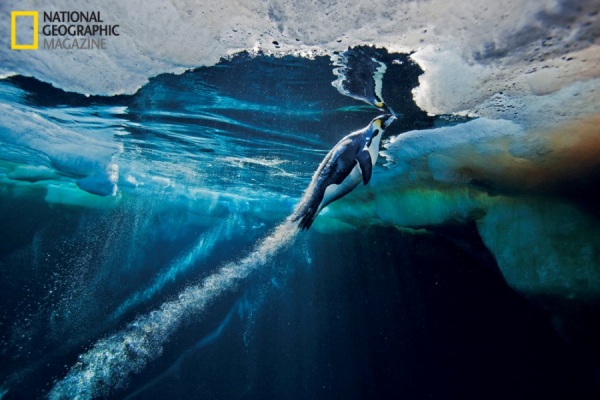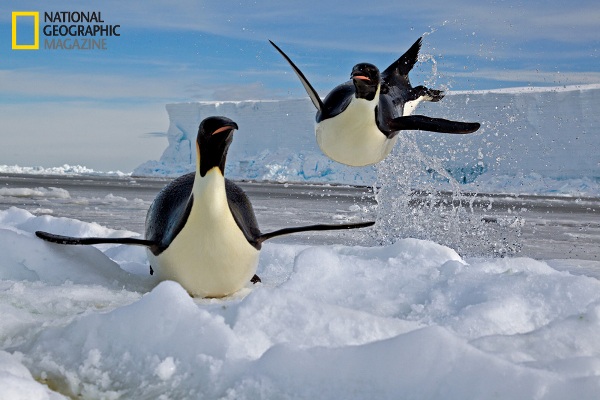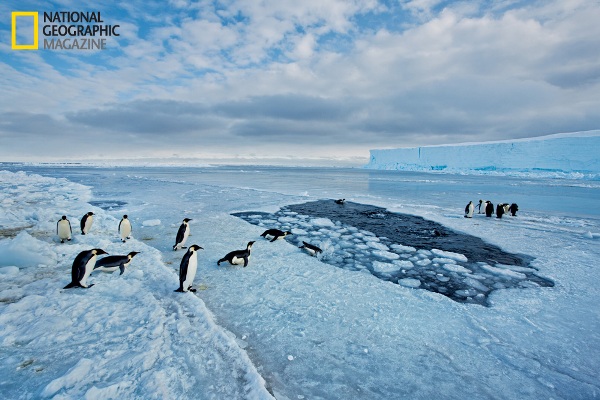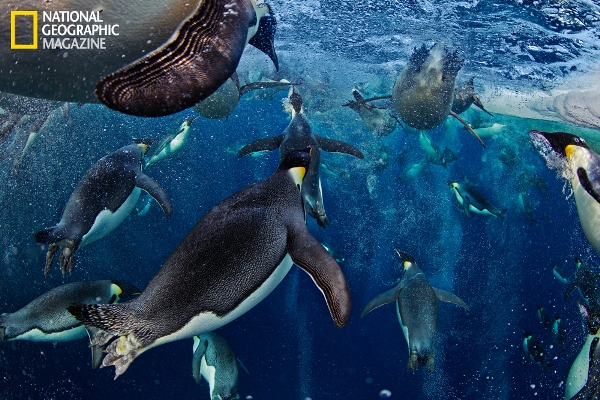Share
Shooting in Frozen Waters to Capture the Emperor Penguin
There are hundreds – if not thousands – of iconic images featuring penguins majestically traversing endless snow and ice covered landscapes. B...
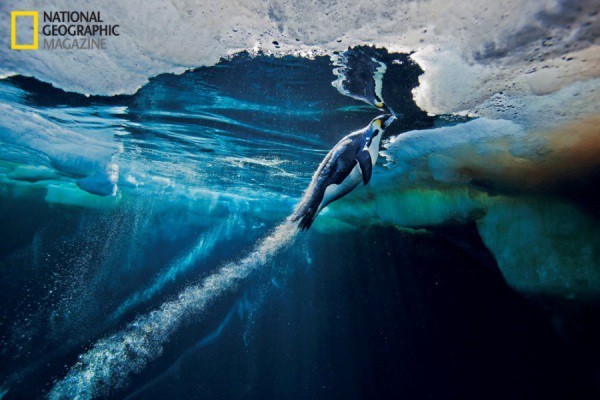
There are hundreds – if not thousands – of iconic images featuring penguins majestically traversing endless snow and ice covered landscapes. But what about the underwater shots, the ones that capture them cutting through the ice?
Photographer Paul Nicklen recently captured a whole series of those shots for National Geographic. Paul, who says he “uses his camera to reveal the nature of a world melting away under human-induced global warming,” traveled to Antarctica to photograph emperor penguins soaring through the sea.
“I really wanted to connect the readers of National Geographic to this bird that can swim with such capability, that it’s hard to comprehend,” says Paul in his short video “Among the Emperors.” From all his hours shooting, Paul got a good sense that the penguins’ were able to move so fast because of air bubbles surrounding their thick coat of feathers.
To delve deeper into this idea, scientist Roger Hughs came on board the project analyzed hours of underwater footage. The following is an excerpt from the November edition of National Geographic magazine:
When an emperor penguin swims through the water, it is slowed by the friction between its body and the water, keeping its maximum speed somewhere between four and nine feet a second. But in short bursts the penguin can double or even triple its speed by releasing air from its feathers in the form of tiny bubbles. These reduce the density and viscosity of the water around the penguin’s body, cutting drag and enabling the bird to reach speeds that would otherwise be impossible. As an added benefit, the extra speed helps the penguins avoid predators such as leopard seals.
An airborne penguin shows why it has a need for speed. To get out of the water, it may have to clear several feet of ice. A fast exit also helps it elude leopard seals, which often lurk at the ice edge.
The danger of ambush by leopard seals is greatest when entering the water, so penguins sometimes linger at the edge of an ice hole for hours, waiting for one bold bird to plunge in.
“These penguins have probably never seen a human in the water,” says Paul, “but it took them only seconds to realize that I posed no danger. They relaxed and allowed me to share their hole in the sea ice.”
Read more about how emperor penguins soar through the sea and the secret to their speed in “Escape Velocity.”
